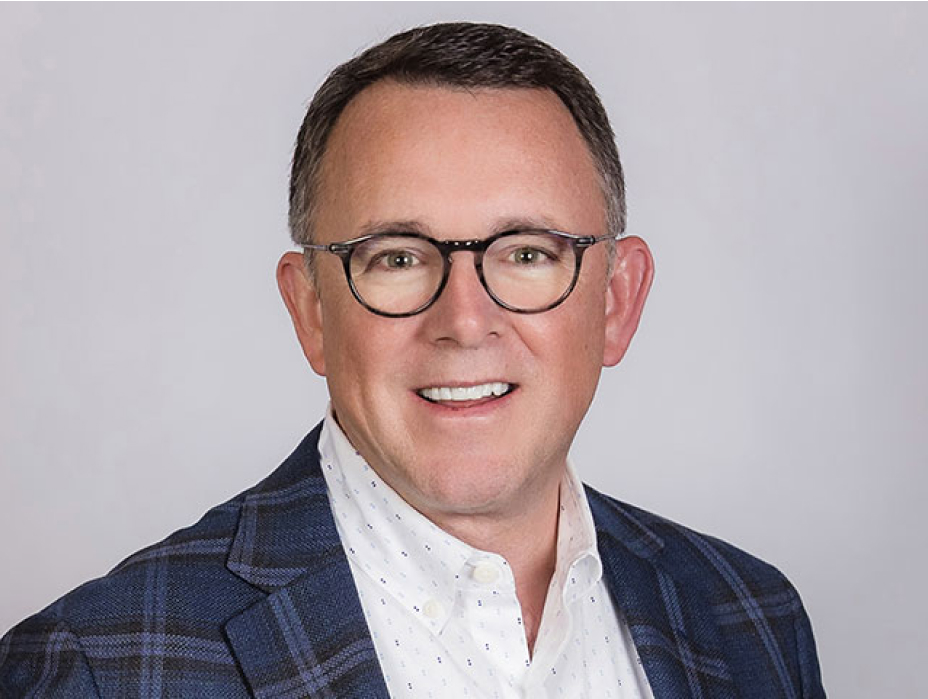Sometimes, the best business lessons come from unexpected places. For example, one might assume there are few similarities between insurance business processes and the world of logistics and package delivery. Yet, taking a closer look, we find an interesting and helpful correlation.
In the 1970’s UPS, the world’s largest package delivery company, started experimenting with an idea to increase the efficiency of their delivery trucks while reducing fuel costs and risk of accidents. The idea was simple: reduce the number of left-hand turns a driver makes during a routine day of deliveries. They implemented a “loop dispatch” system, which routed drivers in a right-hand loop covering the day’s stops, which typically number around 120. This reduced the frequency of left-hand turns and with it the risk associated with crossing traffic and idling in intersections. They believed this was an effective strategy but wanted to prove it, so they developed a system called ORION.
ORION is a heuristic algorithm, which can choose the best from among millions of trillions of potential routes – providing drivers with a very efficient route for that day’s deliveries. It seeks not to be a perfect system, but to be good enough for the work at hand. This frees UPS to use it without worry that there might be a better route because they know it is good enough – or better than most others.
This system has had an incredible impact. In 2016 alone, UPS estimates that they have saved 10 million gallons of fuel, 6 to 8 miles of driving per route, and eliminated 100,000 metric tons of carbon dioxide, which is roughly equivalent to taking 21,000 cars off the road. ORION validated their strategy and UPS made this their company policy in 2004.
If you were to look at your insurance internal processes, how many “left-hand turns” would you find? How many minutes, hours, or days, does a policy or endorsement sit idling in an intersection waiting for the “all clear” to proceed? What is the cost to your organization? How much waste is residing in your daily processes and how often do you examine them to identify opportunities for improvement?
It may be more challenging for those in the insurance business to focus on process, than for a large logistics company like UPS. After all, those big brown trucks are hard to miss – and insurance processes are not directly visible to the eye. We may not be aware of how rusty our workflows or approaches are, but the impact and consequences of efficiency, service quality, and competitiveness are just as significant.
Toyota tells us that half of all activity is waste. Industry consultants typically find 30% waste in the insurance processes they map. Isn’t 30% of your staff cost as important to your business as 10 million gallons of fuel is to UPS?
We believe it is.




